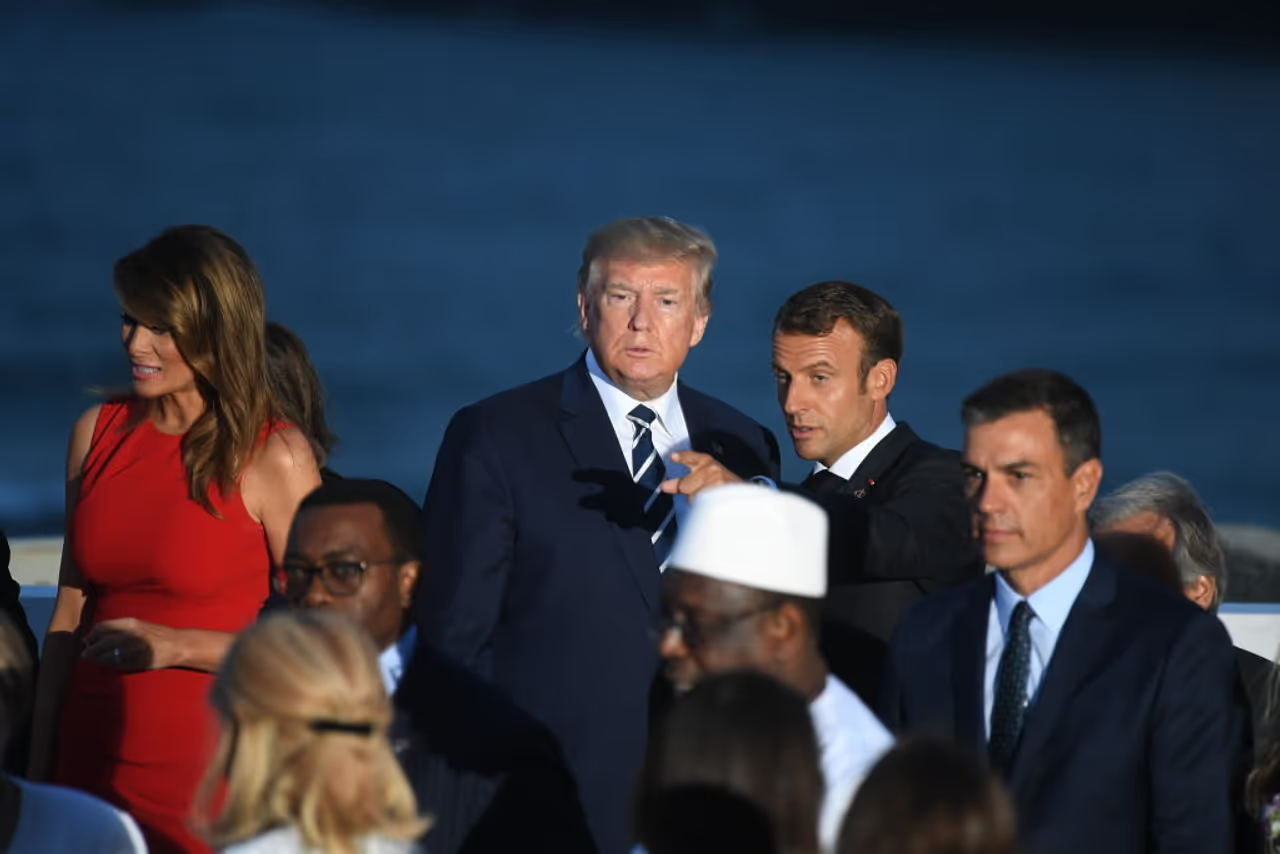From Trump to Middle-East Tensions: 5 Key Moments to Expect at the 2025 G7 Summit
The G7 Summit returns to Canada with a packed agenda and high political drama. With world leaders gathered in Alberta, here’s why all eyes are on this year’s summit.

Trump’s Return, and the Shadows of 2018
Memories of the 2018 G7 Summit in Quebec still linger. That year, Trump’s sudden departure, refusal to sign the joint statement, and a verbal attack on Canada’s then-Prime Minister Justin Trudeau marked a turning point in US-G7 relations. His call to reinstate Russia and the now-iconic photo of him being confronted by European leaders underlined the chaos that he left.
This time, things haven’t mellowed. In his second term, Trump has again announced sweeping tariffs, including on fellow G7 countries. From new tariffs on Canada and Mexico to controversial statements about Canadian sovereignty and South African policies, Trump arrives in Alberta with tensions already high.

A Summit Built to Withstand
Learning from 2018, Carney has steered this year’s summit away from tradition. Rather than risking a failed joint communique, the Canadian leader has opted for a series of short joint statements, covering issues like wildfires and rare earth mineral security, to avoid unnecessary drama.
This cautious approach has a clear goal which is to insulate the summit from disruption while showing Canada can lead with a steady hand. The brief meeting between Trump and Carney before the main sessions may set the tone, especially as Canada eyes a future trade agreement that removes tariffs on key goods.
In a recent interview, Carney emphasized one key takeaway from the last time Trump attended. To keep the message consistent, in private, in public, and after the summit ends.
The Flashpoint in the Middle East
When Carney outlined the summit’s agenda in early June, the situation in the Middle East hadn’t reached its current boiling point. Since then, Israel has carried out strikes deep inside Iranian territory, targeting its nuclear facilities and top military officials.
This recent escalation has cast a long shadow over the summit. With world leaders divided over how to handle the Iran-Israel standoff, German Chancellor Friedrich Merz has urged support for Israel’s right to defend itself, while also warning against a broader regional war.
War in Ukraine: The Divide Deepens
Ukrainian President Volodymyr Zelenskyy is attending the summit as the war against Russia drags on. But cracks in the global coalition are starting to show. Trump’s sharp comments earlier this year, calling Zelenskyy “ungrateful” signaled his growing disinterest in the conflict. In contrast, European nations and Canada remain firm in their support.
Canadian Foreign Minister Francois-Philippe Champagne said Zelenskyy’s presence was a deliberate move, aimed at reinforcing global support for Ukraine’s resistance.
India’s Presence Marks a Diplomatic Reset
In a move that raised eyebrows, India was officially invited to attend after months of strained ties between New Delhi and Ottawa. The dispute rose from Canadian accusations of Indian involvement in the killing of a Khalistani separatist leader on Canadian soil, a charge that led to diplomatic expulsions on both sides.
But in a phone call on June 6, Carney invited Indian Prime Minister Narendra Modi to the summit, and both agreed to “stay in touch.” The issue remains sensitive. Pro Khalistani members in Canada have criticized the decision, but Carney has refused to comment on an active legal case, choosing instead to focus on continued cooperation on law enforcement and security concerns.
Check the Breaking News Today and Latest News from across India and around the world. Stay updated with the latest World News and global developments from politics to economy and current affairs. Get in-depth coverage of China News, Europe News, Pakistan News, and South Asia News, along with top headlines from the UK and US. Follow expert analysis, international trends, and breaking updates from around the globe. Download the Asianet News Official App for reliable global news coverage anytime, anywhere.

